Do you know the difference between these terms? I’d been using both of them for a while. But to be honest, until recently when I attended a class that addressed the issues of health disparities, I didn’t know that I hadn’t fully understood them before. Anyone who believes in humanity should learn the accurate meanings of these words. Understanding and implementing these words in our daily lives would take us beyond where we used to be, making our world a better place.
What is Equity?
As you look at the pictures above illustrated by Angus Maguire (Interaction Institute for Social Change), you can instantly sense the meaning of the two words. I believe the concept of equity is a foundation and one of the most important lessons they can teach us when we live in the community. Let me first explain these words.
Equality is regarded as “sameness” to provide “the same treatment” to people by offering a box of the same height. The state of being equal; right and opportunity are given.
Equity, on the other hand, is regarded as “fairness.” The quality of being “fair” and impartial. To make “fair,” it encourages us to provide different treatment to the people with other different challenges and backgrounds by offering no, one, or two boxes
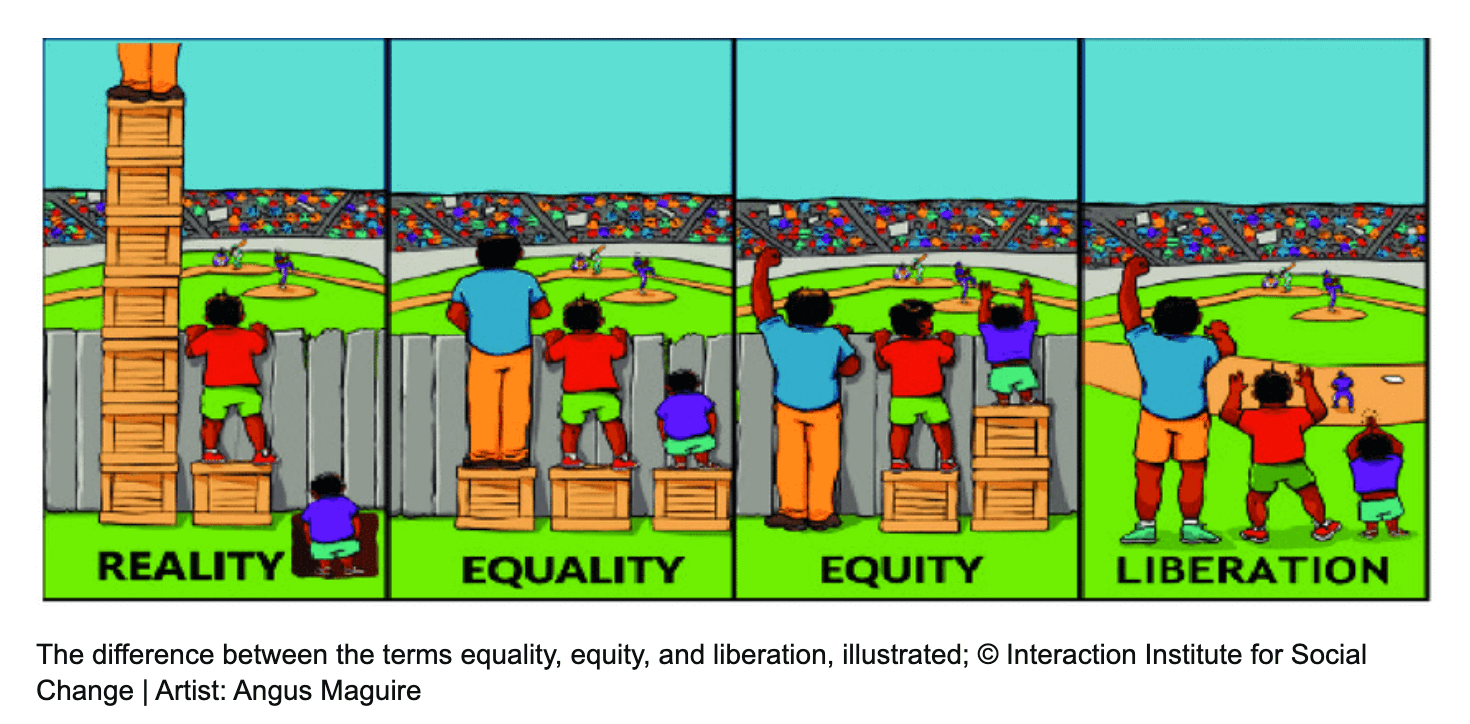
Now let’s take a look at this new set of pictures by the same artist. First, you see more conditions around us in society. The reality we live in is totally different from one person to another, because of the various challenges they face every day. The reality in the Far-Left, therefore, includes such personal or familial contexts they are in in the picture. Some people may have more advantages by standing on top of the piled boxes than others. Other people may already have existing disadvantages as seen in a toddler standing inside the dug hole. In reality, the levels of advantage/disadvantage are shown in the different levels of the ground and standing points.
Equity in our society
Perhaps you have heard about Diversity, Equity, and Inclusion (DEI) before.
DEI is to bring justice or fairness to our society by recognizing inequities and underrepresentation of populations in our society and supporting these populations with necessary changes and implementations of learning tools.
These disparities often are due to race, gender, religion, sexual identity, ethnicity, socioeconomic status, language, disability, age, geographic location, or political perspective.
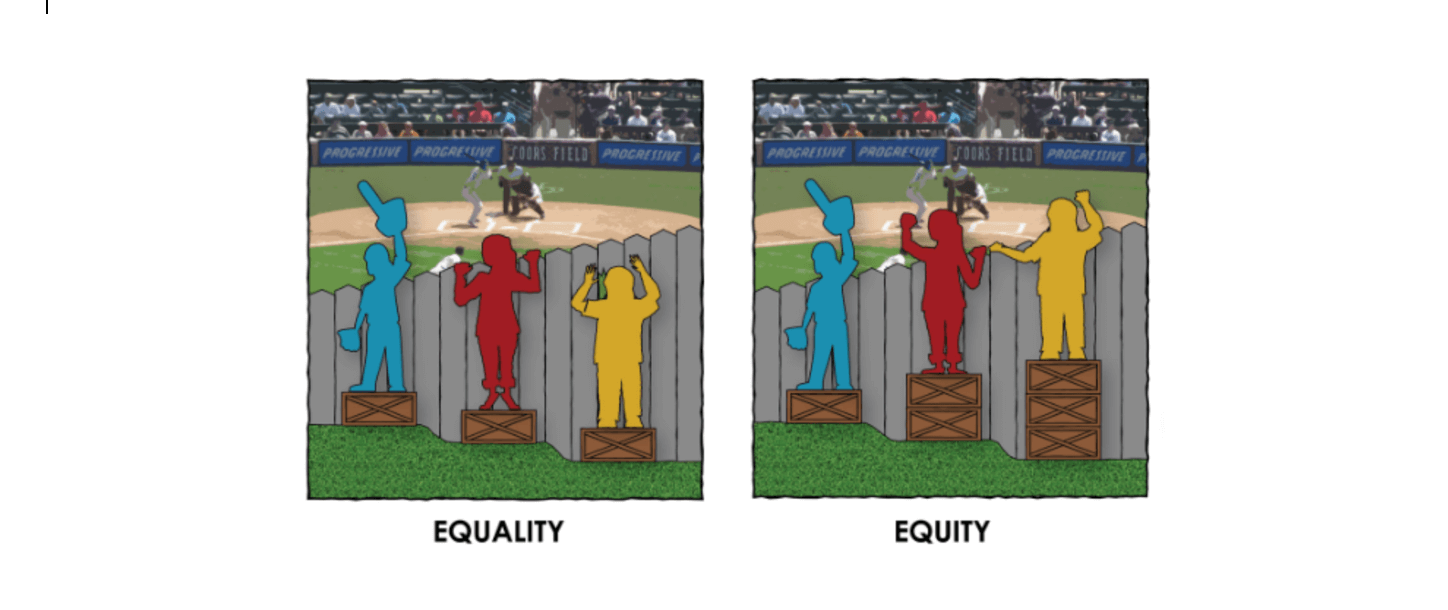
Illustration in the article by Jennifer van Pelt on Wordsalive.org
When you look at the bigger picture of society as a whole, it becomes evident that our challenges are not only from personal/familial challenges, but most often from systemic defects, disadvantages, and/or discrimination in society. Some populations face the systemic problems expressed as a higher fence in front of a person in the above picture. The height of the wall depicts systemic challenges to the individual.
Let me explain this with an example. The school system is provided to every child in the country. However, some children in a specific neighborhood may not be able to go to school because they don’t have appropriate public transportation near their homes. In this case, the lack of consideration to provide additional assistance becomes an obstacle for their educational opportunities. We need to remove the obstacle to achieving equity and true equality.
If we had no disadvantages in any population, we’d have “no fence” in our society. So, we can describe this ideal societal situation is depicted as liberation in the previous Far-Right picture. In the state of liberation, no systemic discrimination, or disadvantage as a barrier so that we don’t have to add any “fair treatment” and all the opportunities stay open to all as we are.
To make more effective progress on DEI, the Center for Creative Leadership recommends EDI in this order by placing equity before diversity and inclusion. It makes more sense because a greater degree of Equity would determine more success in diversity and inclusion. Equity, diversity, and inclusion altogether would navigate our lives through the systems of our society; education, health, consumption, social activities, economy, occupation, and work.
Equity in Health System
As a healthcare provider, my interests always go to health. So, let’s take a look at how Equity works in our health system.
To improve our health, any individuals need to impartially access to proper preventions and care, and early diagnosis, treatments and achieve effective outcomes.
As we’ve learned so far, we need to first recognize hindrances that existed before executing a full right to be healthy. We need to remove as many obstacles as possible from systemic biases, disparities, and inequities in the health system and in society, and provide more opportunities for those who are impacted by the challenges. Again, the systemic problems may come from oppression in racism, sexism, and other biases rooted in religion, ethnicity, age, language, disability, or political perspective.
Now let’s take a look at the leading cause of mortality in the United States (October 2021, Center for Disease Control and Prevention). The top three leading causes of Americans’ death are (1) heart disease, (2) cancer, and (3) unintended injuries for men and stroke for women. Except for cases of congenital malformations or anomalies, most of these deaths are preventable, avoidable, or at least their progressions could have been slowed down by adequately applying prevention measures by knowing their risk factors.
At all levels of prevention, care, treatment, and effective outcomes, Equity is the fundamental and essential philosophy behind our goals.
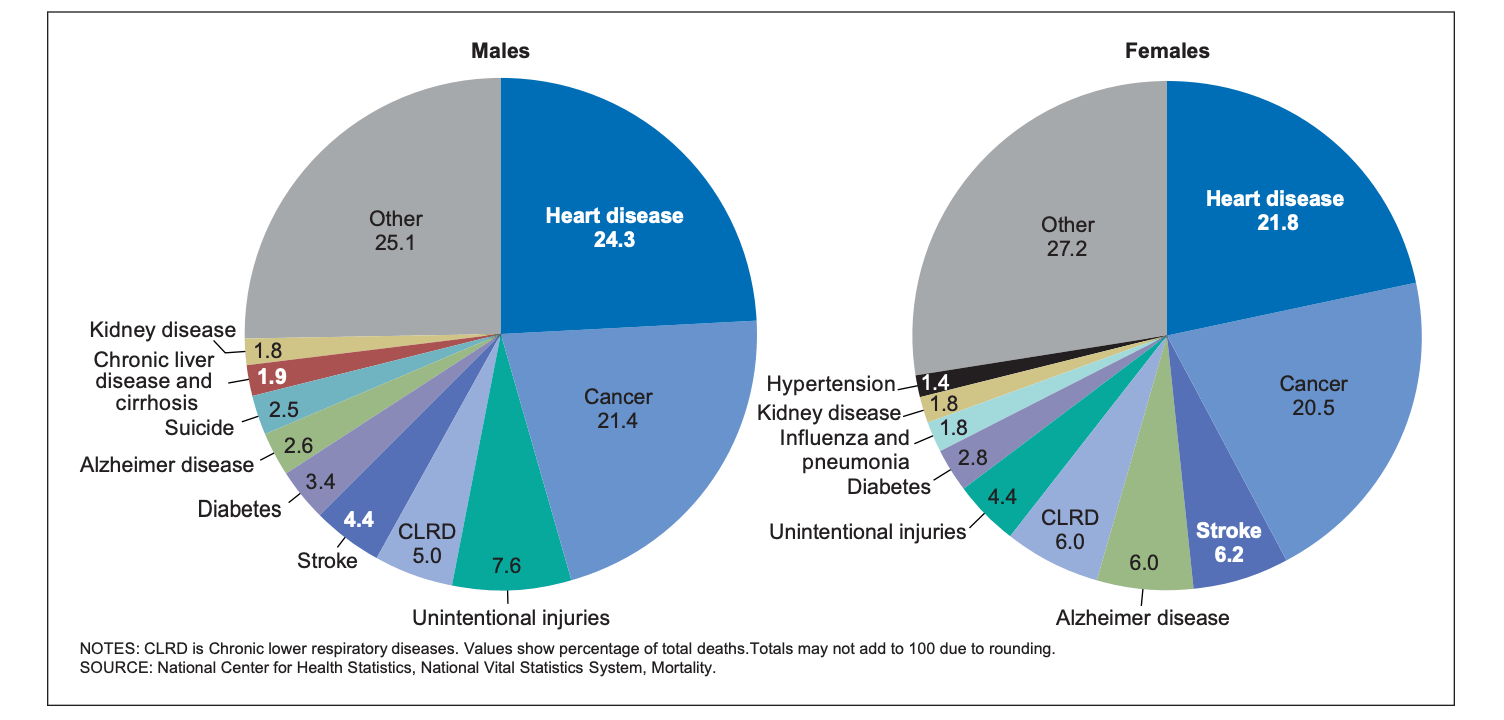
Charts from National Vital Statistic Report, CDC, July 2021
Then let’s compare these data with Africans’ leading causes of mortality.
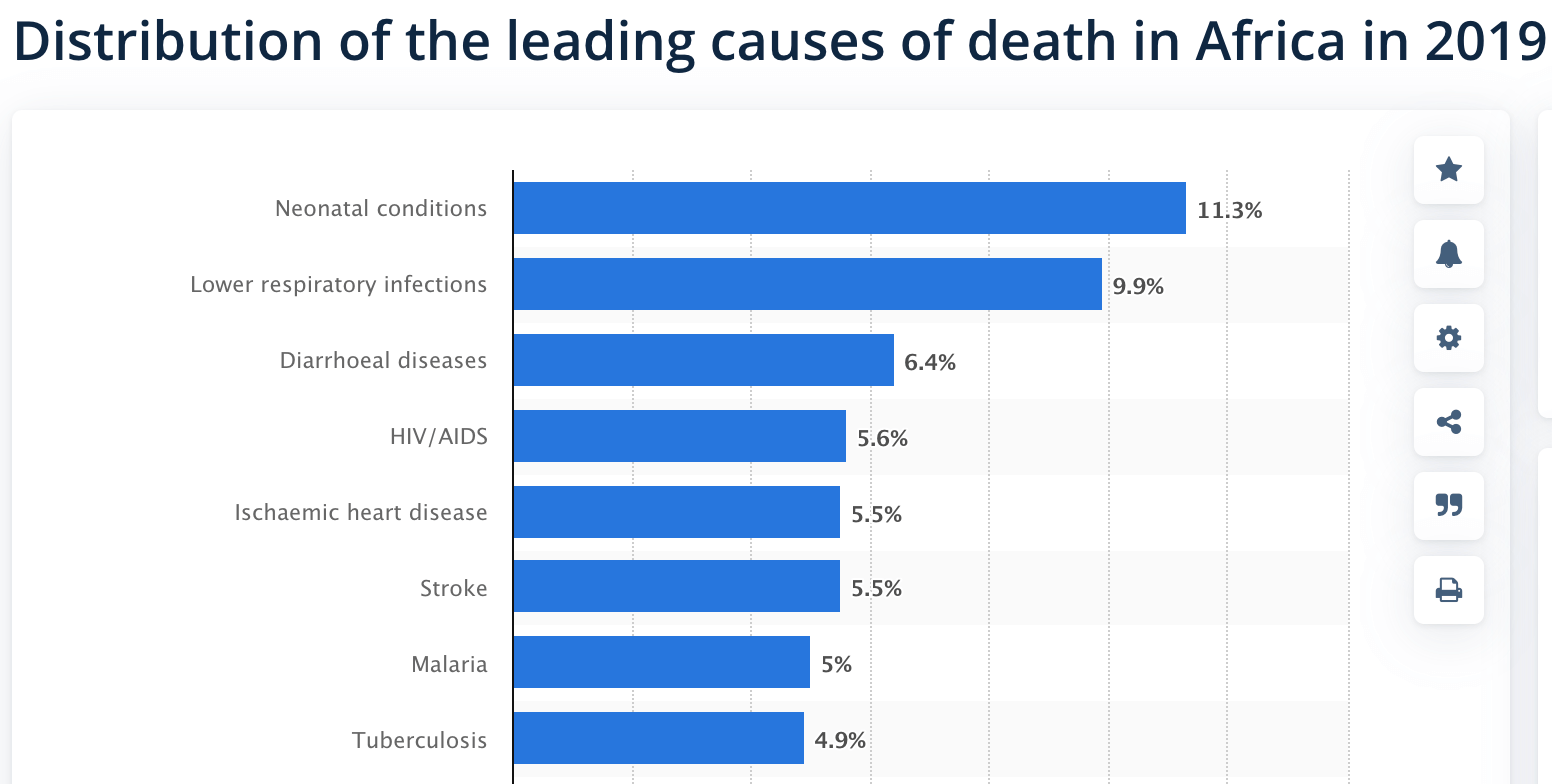
The Top three causes of mortality in Africa in 2019 were (1) neonatal conditions, (2) lower respiratory infections, and (3) diarrheal diseases, followed by HIV/AIDS.* In Africa, infectious diseases and infections are still ranked most of the Top ten causes of mortality.
As we broaden our sight globally, we can extend our thought to global Equity. In the area where high-quality medicine is not available, prevention of diseases is the most needed before any other corrections of disparities and the first line of defense to keep people safe, well, and healthy. Our global efforts toward health equity in Africa are mainly to cure these communicable diseases one day sooner and different from those in highly developed countries. Delivering safe and effective vaccinations and antibiotic treatments, which we can readily help deliver them anytime and anywhere.
* In 2016, more than two-thirds of HIV-positive pregnant women worldwide received HIV/AIDS prophylaxis or medication, by which 790,000 children were prevented from becoming AIDS.
Equity thought on the COVID Crisis
Lastly, let me share my recent observation and thought about the COVID crisis.
According to the New York Times as of October 31, 2021, The death toll of COVID victims worldwide reached 4.995 million people. 50.2% of the world population on average was at least partially vaccinated. However, disparities and inequities in the global map are significant, depending on countries. For example, U. A. E. shows the highest vaccination rate as 98% of the population at least once vaccinated. In contrast, most Middle eastern (except U. A. E.) and African populations remain unvaccinated as at least once vaccinated population ranges from 0 to lower than 10 % of the total population.
In the United States, as of October 31, 2021, more than 745,000 people died from COVID-19 infections and its complications. More than 40 states reported the number of cases falling since the vaccines became available. However, this summer, Midwestern and Southern states, and some specific counties suffered the worst outbreaks due to the delta variant spread. has a result, the number of COVID infections and death resurged. This stagnating phenomenon continues to the present, becoming unprecedented in the history of American public health.
As of October 31, 2021, either 66.7% of the American population on average was partially, or 58% was fully vaccinated. However, significant disparities are found again depending on states, particular counties in the United States. Regardless of solid encouragement by their health system, only one-third of the population received the vaccines. The unused vaccines expired and were discarded.
A strong correlation between an increased number of COVID-vaccinated people and a decreased number of the COVID infection and its associated death was repeatedly reported. Since then, business, schools, and social activities have slowly gotten back to their subnormal levels. However, most of the healthcare systems in the above regions have still exhausted their ICU capacities to the maximum levels. In addition, the death rate from many states reported that 95 to 99 % of the COVID death derived from unvaccinated patients. Therefore, the death rate for the vaccinated vs the unvaccinated is in unprecedented disparities, from twenty up to fifty times higher in the unvaccinated populations.Unfortunately, this disparity is highly politicized, and the percent of the “definitely not to get vaccinated” in the population remains high, showing this unprecedented situation.
Final Thoughts
We’ve learned a fundamental and essential concept of Equity to execute our human rightsmore appropriately and efficiently.
Living the sense of Equity not only close to us but globally in mind makes our lives more peaceful, harmonious, and liberating with people and all the creatures around us.
Thank you very much for reading. I hope this encourages thoughts and feelings in you.
* * *
If you’re interested, please kindly read another article, “Balancing/Balanced.”
Thank you for reading.
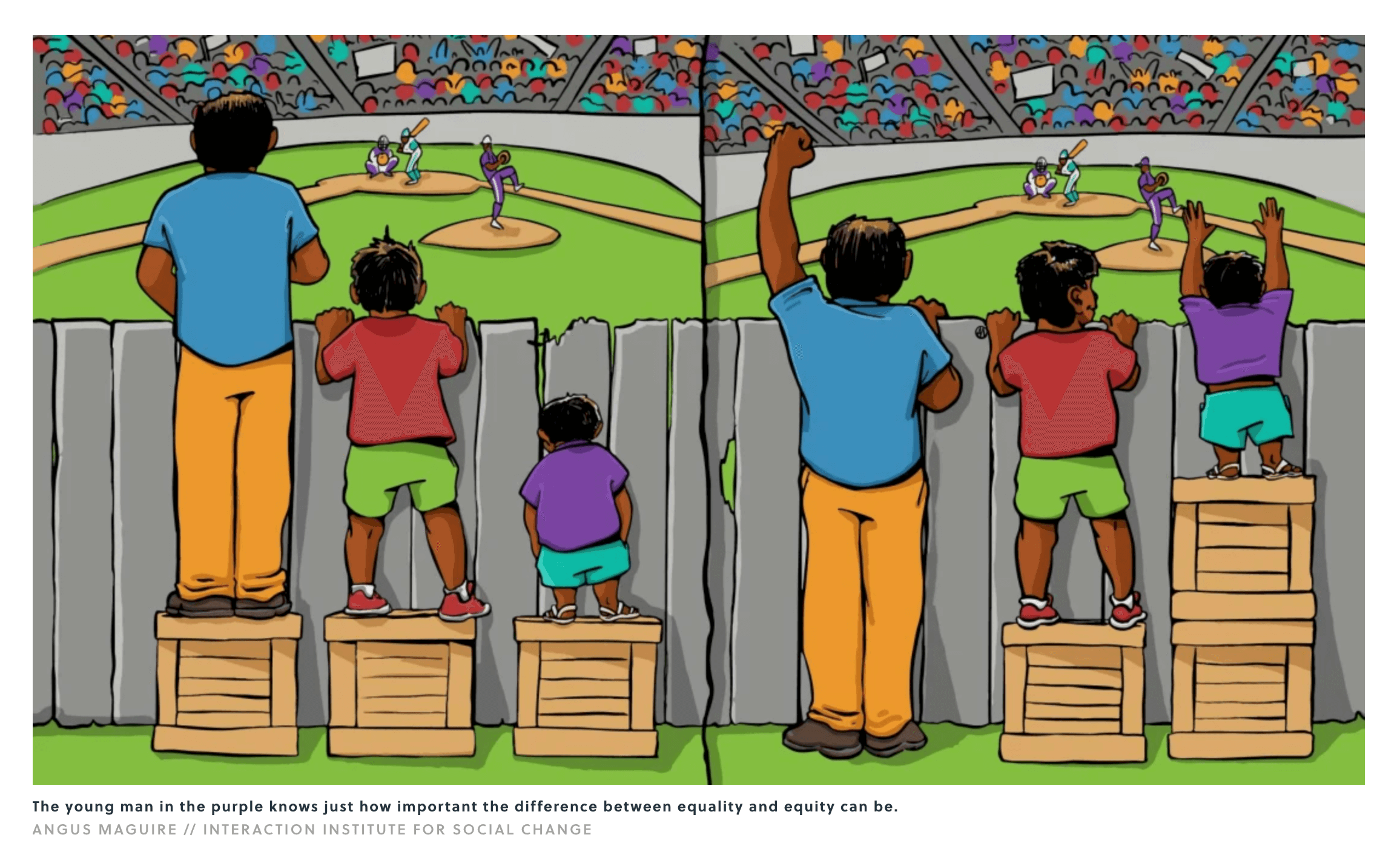
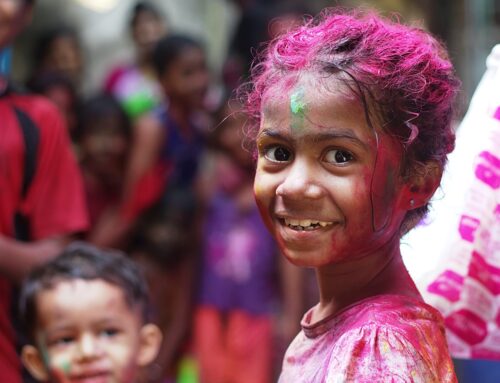
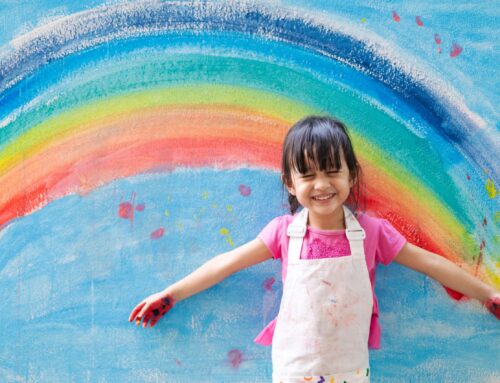

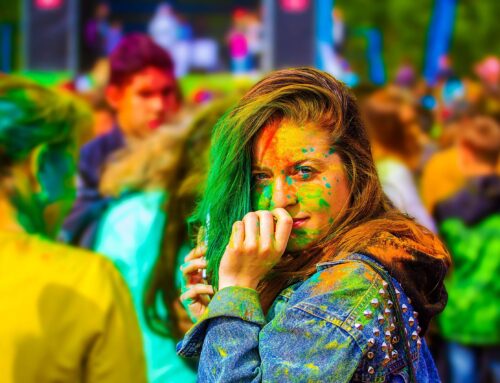



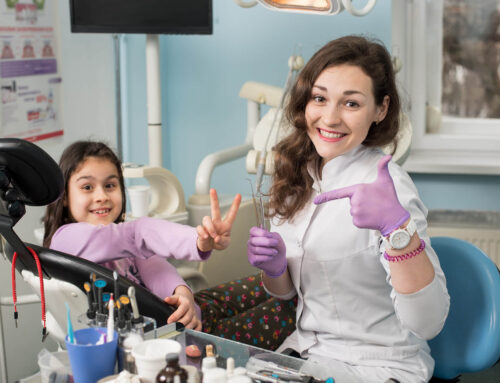
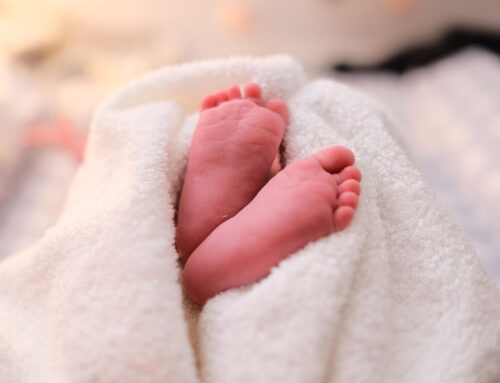
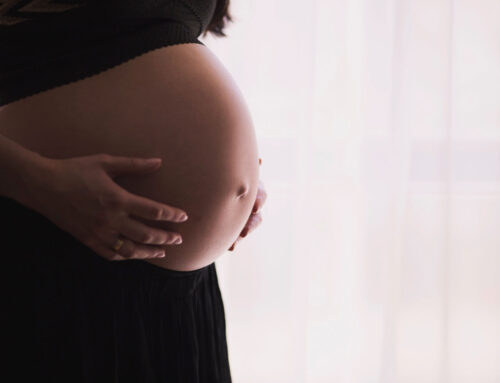
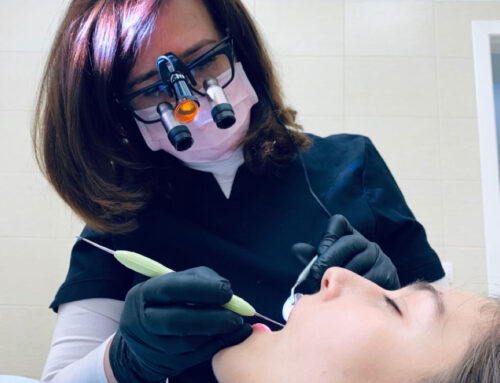
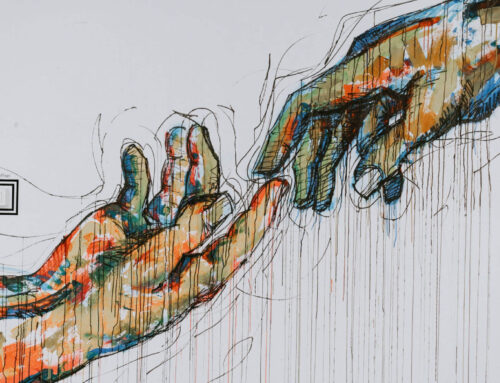
Leave A Comment